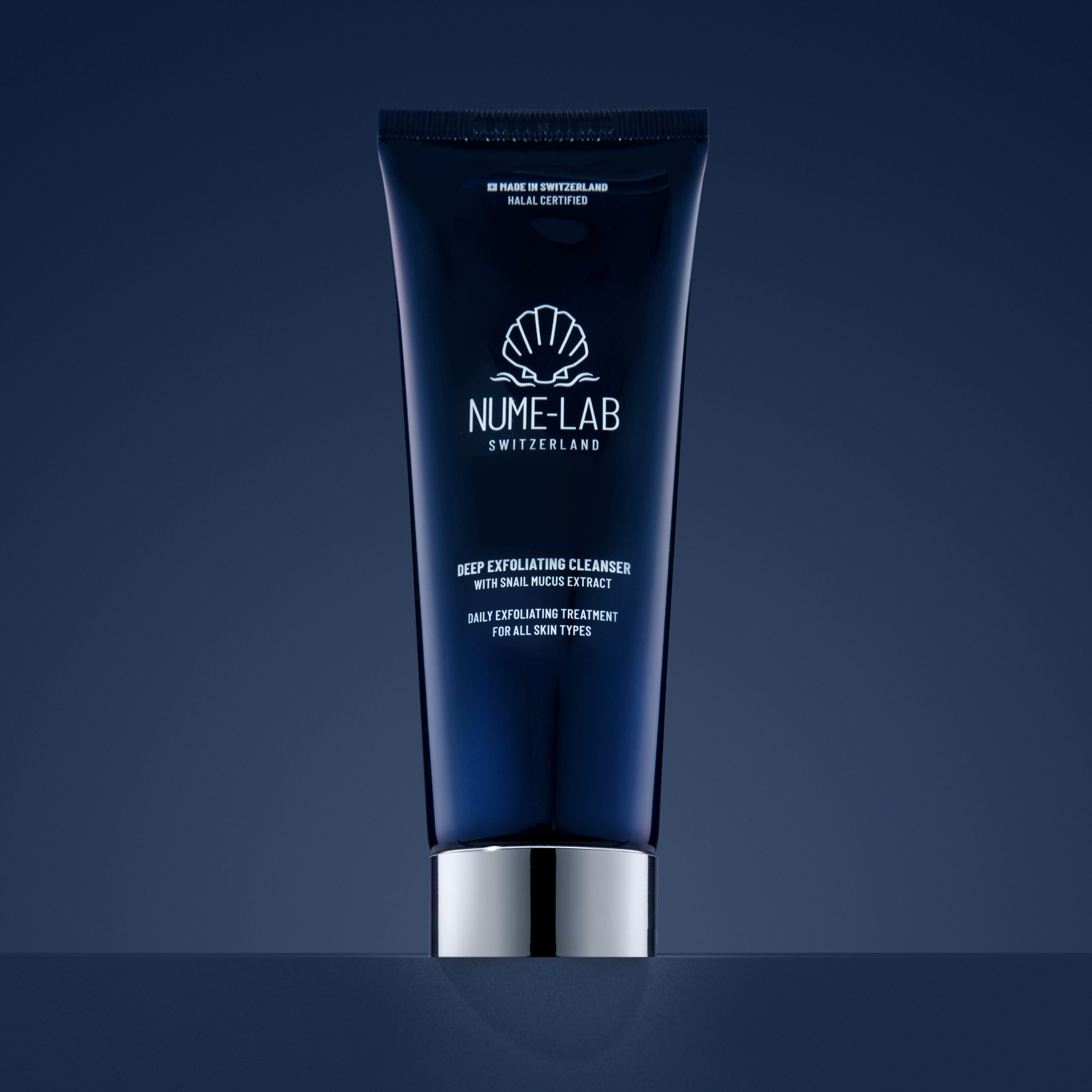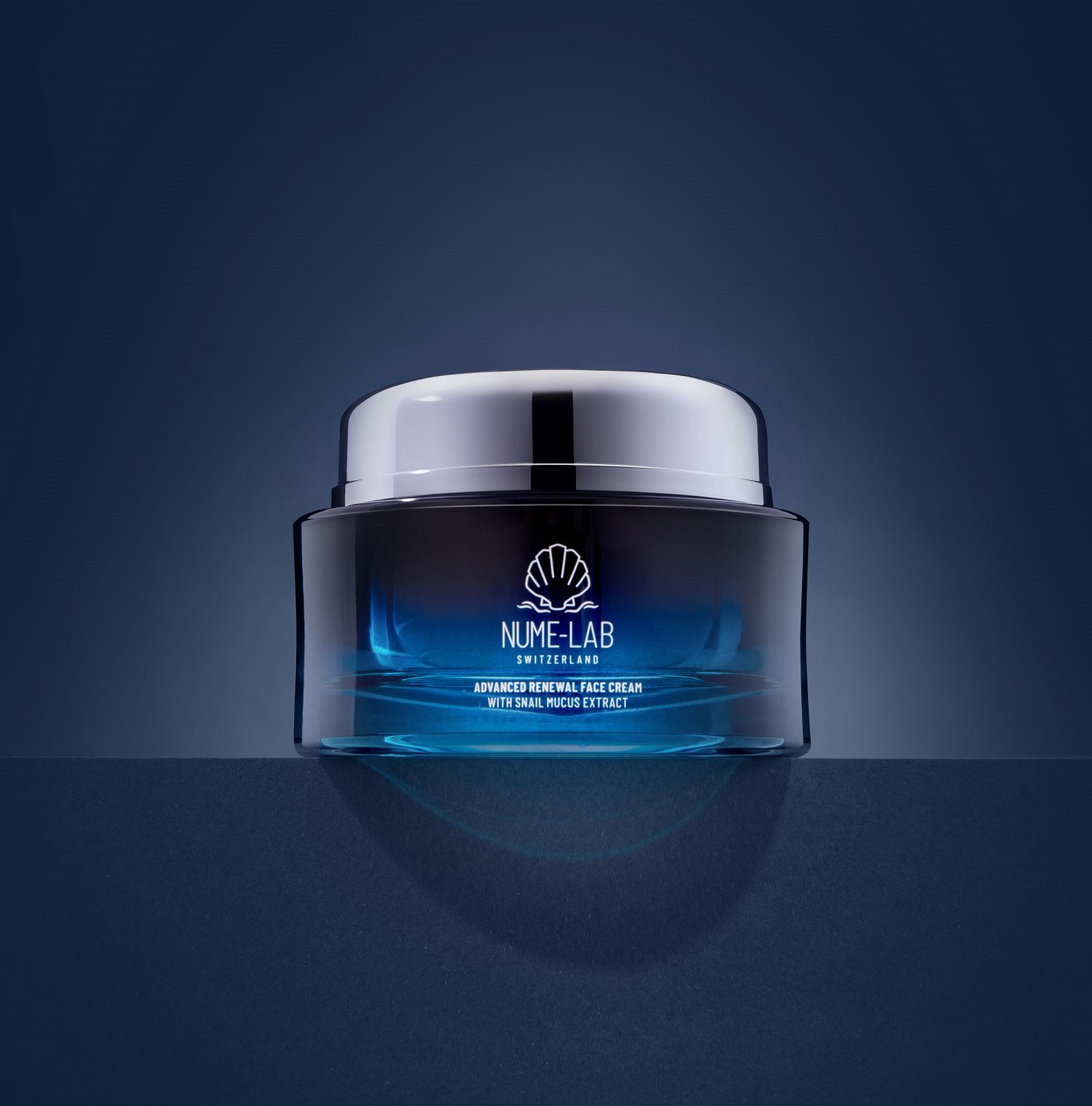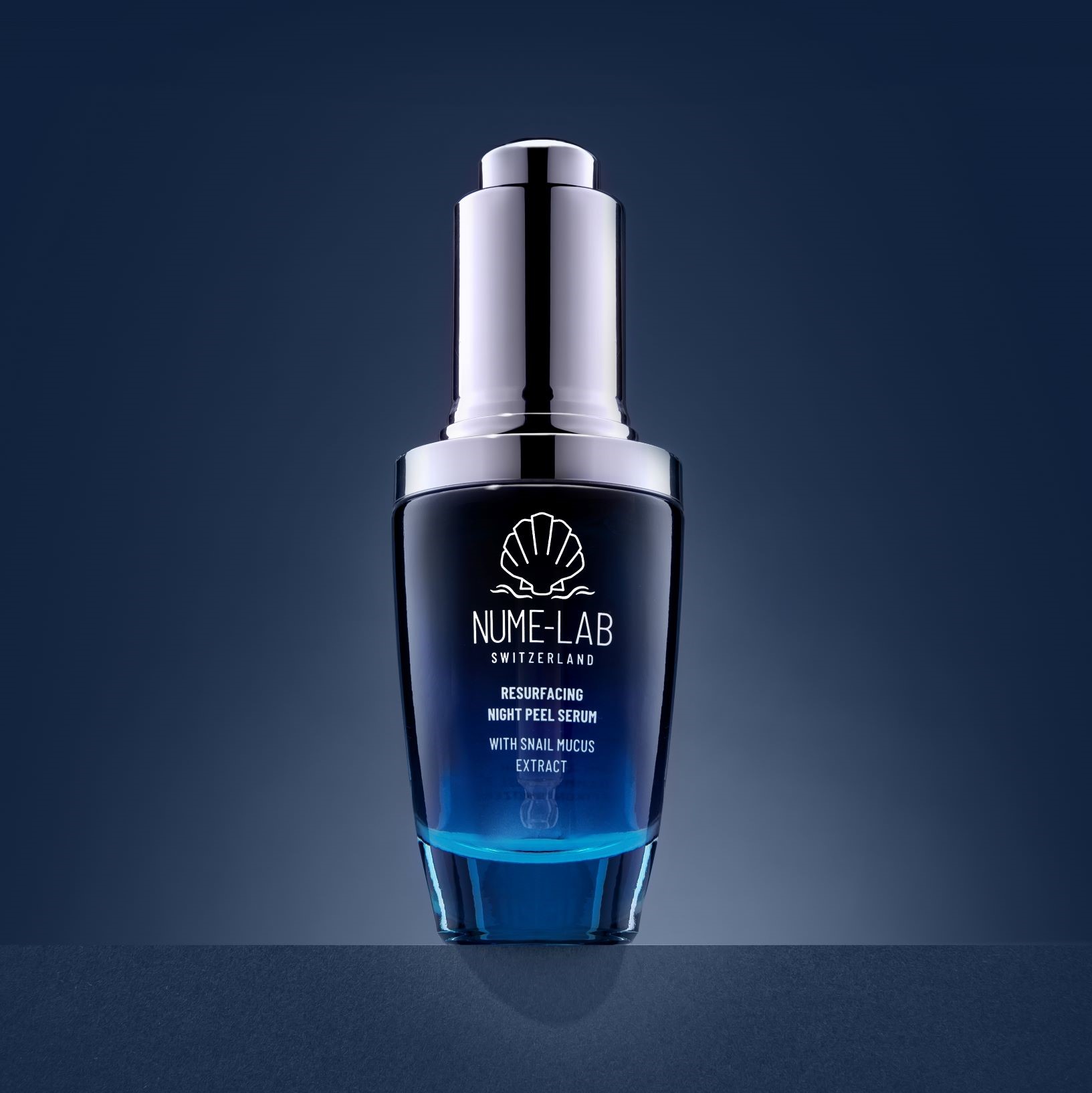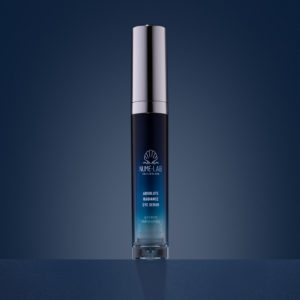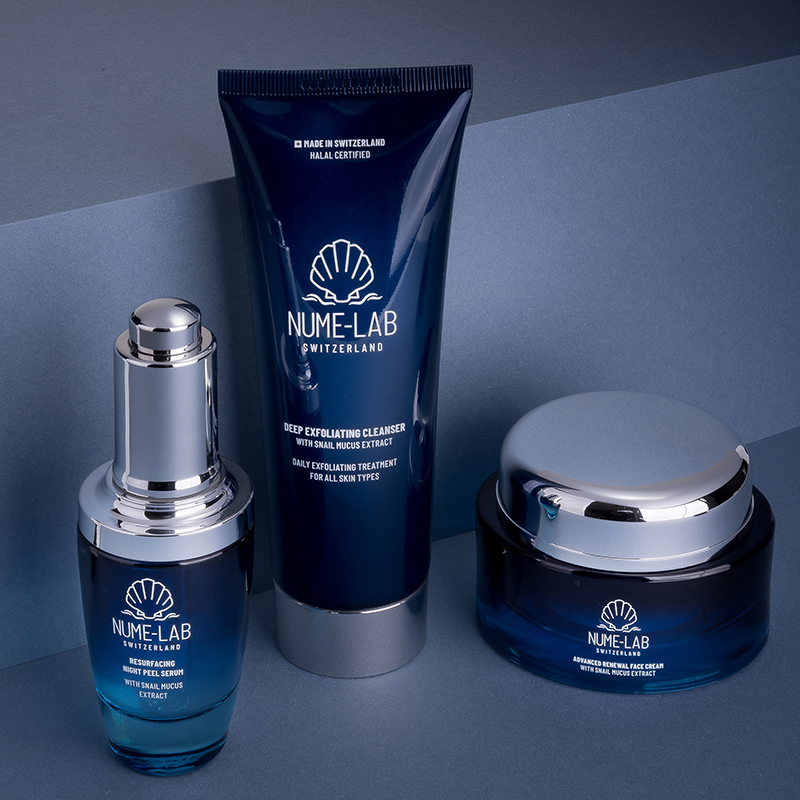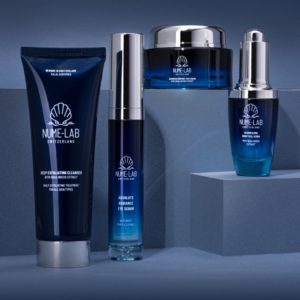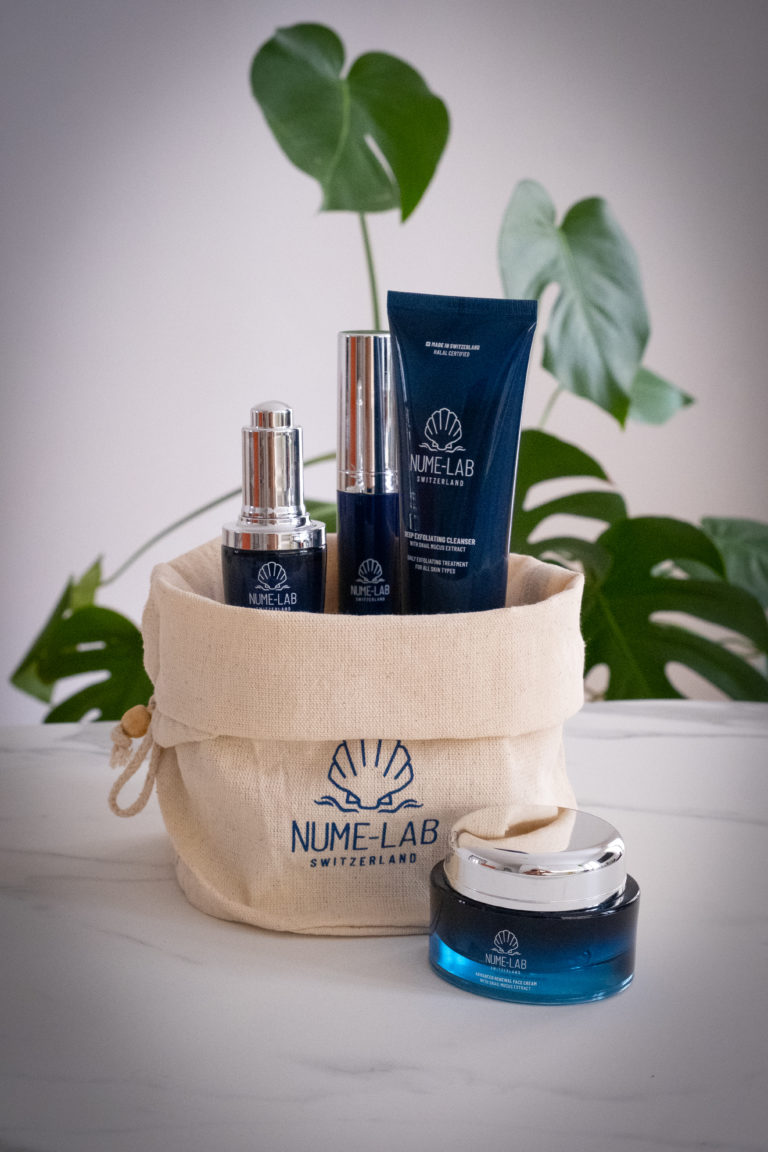The Science Behind Skincare: Understanding Effective Product Formulations
You may believe that skincare is simply a matter of facts. But the reality is that the science behind formulating skincare products is constantly growing and improving as researchers gain a deeper understanding of the skin and its functions.
By educating yourself on the science of skincare, you can make informed decisions and choose products that work effectively for your skin type and beauty concerns. But, reading the labels and ingredients on skincare products can be close to impossible. So, how can we know what we’re choosing?
Table of Contents
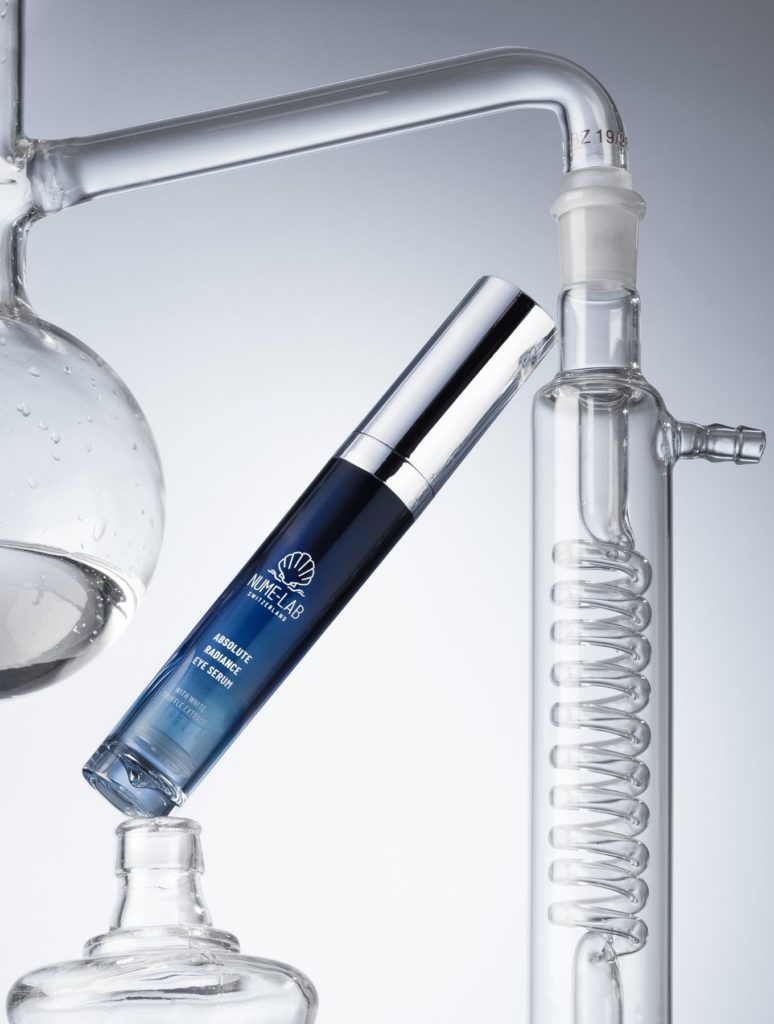
The Skin Composition
Your skin is composed of three main layers:
- The epidermis (stratum corneum)
- The dermis
- The hypodermis (subcutis)
The stratum corneum or the epidermis is the outermost layer of your skin. This layer, comprised of dead skin cells bound together by a lipid matrix, acts as a crucial barrier, shielding your skin from the outside world.
Beneath the stratum corneum lies the vital layer of the skin, the dermis. This layer, composed of collagen and elastin fibers, blood vessels, sweat glands, and hair follicles, grants the skin its strength and resilience. By nurturing the dermis, you can maintain the health and vitality of your skin.
Last but not least, nestled beneath the dermis lies the subcutis, the deepest layer of the skin. This layer is comprised of a mixture of fat and connective tissue, serving to cushion and protect your body.
"Nume-Lab products are formulated with active ingredients that your skin actually needs, and all of the claims are backed by real science, Swiss Biotech and clinical studies.
NUME-Lab Switzerland Tweet
The Science Behind Skincare
Formulating skincare products requires a comprehensive understanding of all three layers of the skin.
To be effective, the ingredients in these products must penetrate the stratum corneum, and reach the dermis where they start working with your skin’s natural systems. The goal is to protect your skin from harm, prevent premature signs of aging, and maintain its overall health.
By selecting skincare products that are specifically designed to work with your skin, you can enhance its health and appearance.
That’s why doctor-created and science-based skincare brands are revolutionizing the beauty industry in 2023. Such brands are gaining recognition and praise from consumers who trust science-backed formulas. With more people turning to physician-designed skincare, the traditional beauty industry is being disrupted in a big way.
What Are Skincare Product Formulations?
Product formulations refer to the combination of ingredients used to create a specific skincare product. These formulations are designed to address a range of skin concerns, from hydration to anti-aging, and are created with specific ingredients and concentrations to achieve the desired result.
The process of formulating skincare products is both an art and a science, requiring extensive research and understanding of the skin’s structure and function.
Brands may use a variety of natural and synthetic ingredients, each chosen for its unique properties and benefits for the skin.
When selecting a skincare product, it is important to consider the formulation and understand how the ingredients will work together to address your specific skincare needs. By paying attention to product formulations, you can choose the right products to help achieve healthy, radiant skin.
The Components of Skincare Product Formulations
Now, let’s take a look at all the components you can find in a skincare product. This will enable you to read products and learn how to match a formulation to your skin type and concerns.
Emulsifiers
Then, we have emulsifiers which help ingredients like water and oils blend together and stay stable without separating. Some examples of emulsifiers are Polysorbates or Potassium cetyl sulfate.
Solvents
First, we have solvents which are ingredients used to mix, dissolve, or break down other ingredients. The best example of a solvent is distilled water.
Thickeners
The main purpose of thickeners is to adjust the consistency and viscosity in a formulation. Skincare products can use naturally-derived thickeners, synthetic thickeners, lipid thickeners, etc.
Emollients
Emollients make dry, rough, and flaky skin softer by preventing water loss. They fill the gaps between skin cells with lipids, making skin smoother.
Some popular emollients include Shea butter, cocoa butter, glycerine, mineral oil, lanolin, and various plant oils.
Humectants
Humectants hydrate the skin by grabbing onto water and slowing its evaporation. They are hygroscopic substances that bond with water molecules, either from the air or deeper skin layers, and bring them to the top layer.
Some common humectants include glycerin, hyaluronic acid, urea, aloe vera, and propylene glycol.
Occlusives
Occlusives create a protective barrier on your skin. They’re often oily or waxy and keep your skin hydrated by reducing water loss. They work by sealing in moisture and keeping out irritants.
Common natural occlusives include beeswax, vegetable waxes, and various plant oils. Common synthetic occlusives include mineral oil, petrolatum, or dimethicone.
Active ingredients (Actives)
Actives are ingredients that change the structure of your skin on a cellular level. As such, these are the most important things to read in your product formulas. Actives work to repair, rejuvenate, hydrate, protect, or nourish the skin, depending on the ingredient used.
Some common types of actives include:
- SPF ingredients, vitamins A, C, and E for aging skin,
- Hyaluronic acid and vitamin E for dryness,
- Kojic acid, Niacinamide, and AHAs for hyperpigmentation,
- Retinoids and salicylic acid for acne, etc.
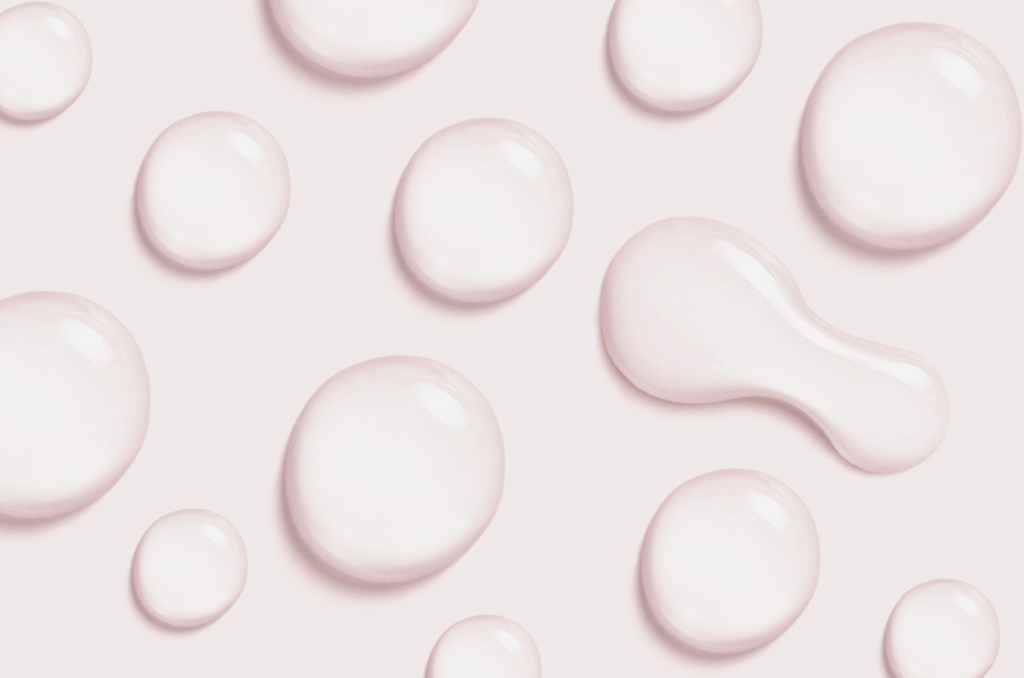
Preservatives
Preservatives protect skincare products from being ruined by bacteria, mold, and other microorganisms. They keep the product from going bad during production, shipping, storage, and use.
Some examples of synthetic preservatives include Triclosan, DMDM hydantoin, Formaldehyde, Methylisothiazolinone, Phenoxyethanol, and various types of parabens. Natural preservatives are ingredients like Benzoic Acid, Sorbic Acid, or Salicylic Acid.
Carrier agents
Carrier agents in skincare are ingredients that help deliver active ingredients to the skin. They’re usually neutral and help distribute the active ingredients evenly on the skin’s surface.
Carrier agents can also improve the absorption of active ingredients, increase their efficacy, and reduce their potential for irritation.
Some common carrier agents in skincare include water, glycerin, propylene glycol, and various oils such as jojoba, sweet almond, and argan oil.
The choice of carrier agents depends on the desired consistency and texture of the product and the specific active ingredients being used.
Other components
Aside from these main types of ingredients, we also have several more that belong in one or more of the categories above:
- Texture enhancers
- Surfactants
- Stabilizers
- pH adjusters
- Antioxidants
- Fragrances
- Colors or pigments
The Past: History of Skincare
People have been taking care of their skin for thousands of years. Cleopatra, the famous queen of Egypt, is said to have used milk and honey to keep her skin soft.
Since then, different cultures throughout history have used their own natural ingredients like fruits, veggies, and herbs to produce ointments, tinctures, and similar formulations. We have the ancient Chinese, Greek, and Roman civilizations all with their own forms of skin care.
Fast forward to the late 19th century, and you’ll already find companies selling skincare products like creams and lotions commercially.
As time went on, skin care became more advanced with new ingredients and technologies. Now, there’s a variety of skin care products for different needs and preferences.
The Future: Science-Backed Skincare Formulations
One of the latest advances in skincare is the Swiss Biotech method of developing lab-synthesized, sustainable, and controlled formulations that are great for the skin and the environment.
Swiss Biotech skincare combines biology and technology to create highly efficient active ingredients for our product formulations. In the lab, we use biotech practices to extract the best from natural ingredients using living cells and microorganisms. This allows us to recreate naturally occurring ingredients with improved potency and penetration powers.
All these benefits, while still preserving the Earth’s natural resources – a win-win!
Swiss Biotechnology Skincare
So, now that we’ve gone through the history of skincare, we’re left wondering – what does the future of skincare look like?
Until recently, consumers were more naive and they went for celebrity endorsements, disregarding the science behind their chosen product formulations.
Luckily, the future looks promising!
Today, millennials and Gen-Zs know that science doesn’t lie! So, we’re slowly but steadily starting to see a transition from hyped and popular to science-backed skincare. And, that’s what we want to see, because that’s what actually works.
How to Choose the Right Product Formulation for Your Skin Type?
To choose the right product formulation for your skin type, consider the following steps:
Identify your skin type
Before choosing a product, it’s important to know your skin type, whether it’s oily, dry, combination, sensitive, or aging skin. You can determine your skin type by examining your skin after washing your face and waiting for 30 minutes to see if it is oily, dry, or a combination of both.
2
Determine your skin concerns
Are you looking to treat wrinkles, fine lines, acne, and dark spots? Or perhaps hydrate your skin? This will help you choose products that are specifically formulated for your skin concerns.
3
Choose the right actives
Once you know your skin type and concerns, look for products that contain ingredients that will address your specific needs.
For example, if you have dry skin, look for products that contain hydrating ingredients such as glycerin or hyaluronic acid. Or, if you have acne-prone skin, go for retinoids, AHAs, or BHAs.
4
Choose the right formulation
Consider the formulation of the product you’re choosing, whether it’s a cream, lotion, serum, or oil. A heavier cream is ideal for dry skin, while a light lotion is better for oily skin. Serums are usually lightweight and highly concentrated, making them ideal for targeting specific skin concerns.
5
Patch test
Before using a new product, it’s always a good idea to do a patch test to make sure you’re not allergic to any of the ingredients. Apply a small amount of the product to the inside of your wrist and wait 24 hours to see if there’s any reaction.
Remember, what works for one person may not work for another, so it’s important to take the time to find the right product formulation for your skin type.
At NUME-Lab Switzerland, During the development, we performed 3rd party clinical studies to confirm the efficacy and performance of our Queen Advanced Renewal Face Cream. This is what studies claim and how it is performed.
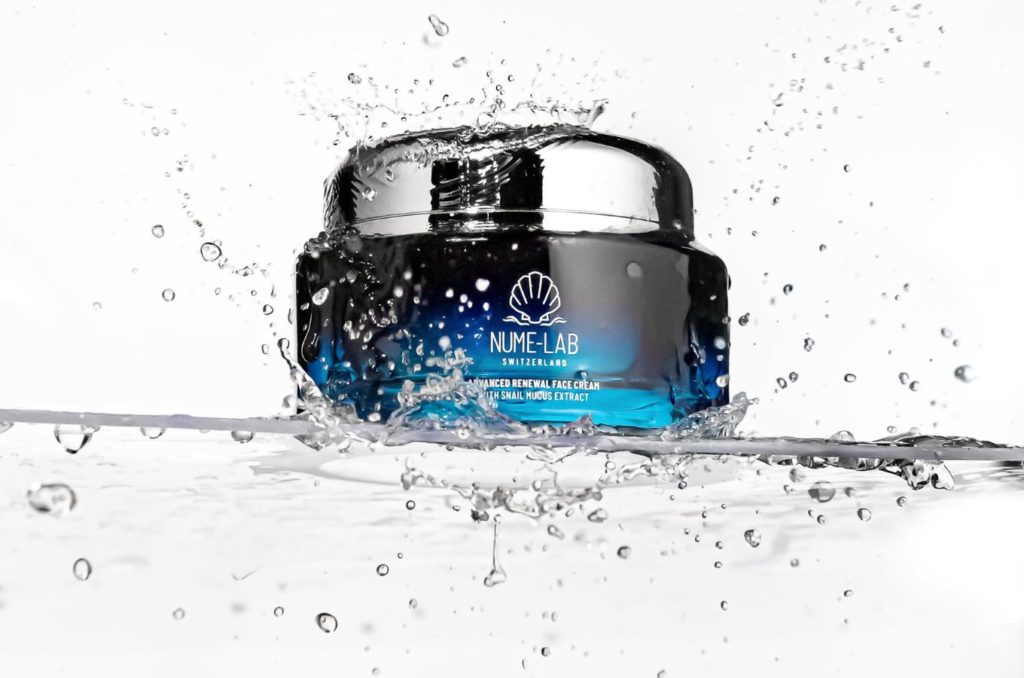
METHODOLOGY: 20 volunteers were submitted to topical treatment with Advanced Renewal Face Cream in the facial area during 8 weeks. Before (Day 0) and after 56 days of treatment (Day 56), images were taken with Bio3D Structured-light Scanner from the forehead area. Images were processed through specific software and 2 parameters (total rugosity and smooth area of forehead) were obtained for each of the volunteers. For dark spots assessment, images were taken with Bio Blue Light Scanner from the side of the face with more presence of dark spots at Day 0 and Day 56. Images were processed through specific software; ROI was selected and 4 parameters (total area and total number of dark spots, skin contrast and skin uniformity) were obtained for each of the volunteers. In parallel, skin firmness and elasticity were assessed through Cutometer® and skin hydration levels were determined through Corneometer®. Additionally, each volunteer answered a self-assessment questionnaire at the end of the treatment. All data were statistically analysed.
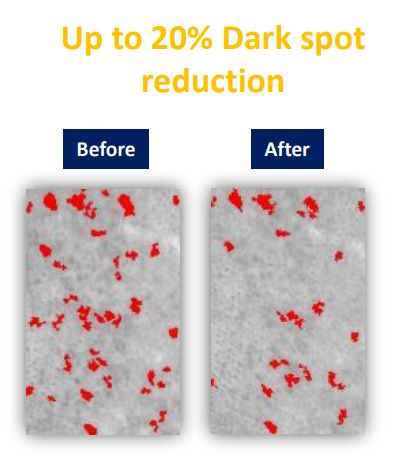
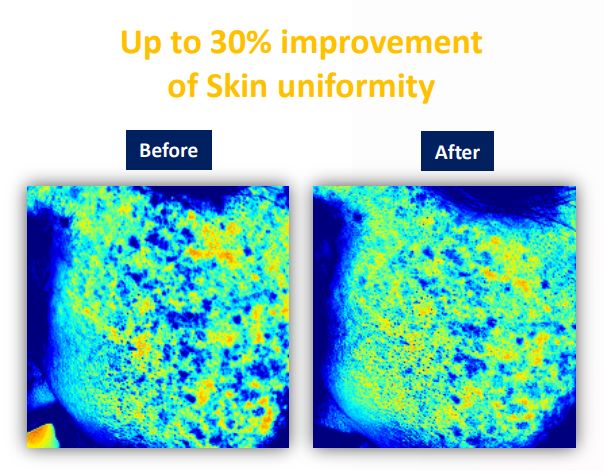
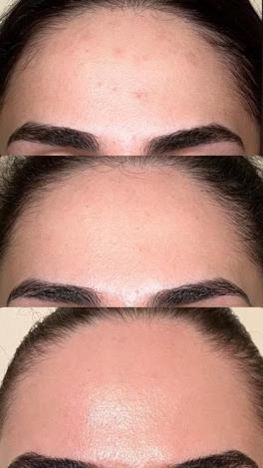
SUMMARY
Thanks to the advancement of science and technology, the future of skincare looks more promising than ever before!
With a focus on research and innovation, skincare companies are able to create science-backed skincare formulations that target specific skin concerns effectively. From natural and organic ingredients to cutting-edge biotechnology, the skincare industry is constantly evolving to provide consumers with effective and safe products.
The future of skincare is exciting and full of potential, and it’s a great time to be a part of this industry revolution!



